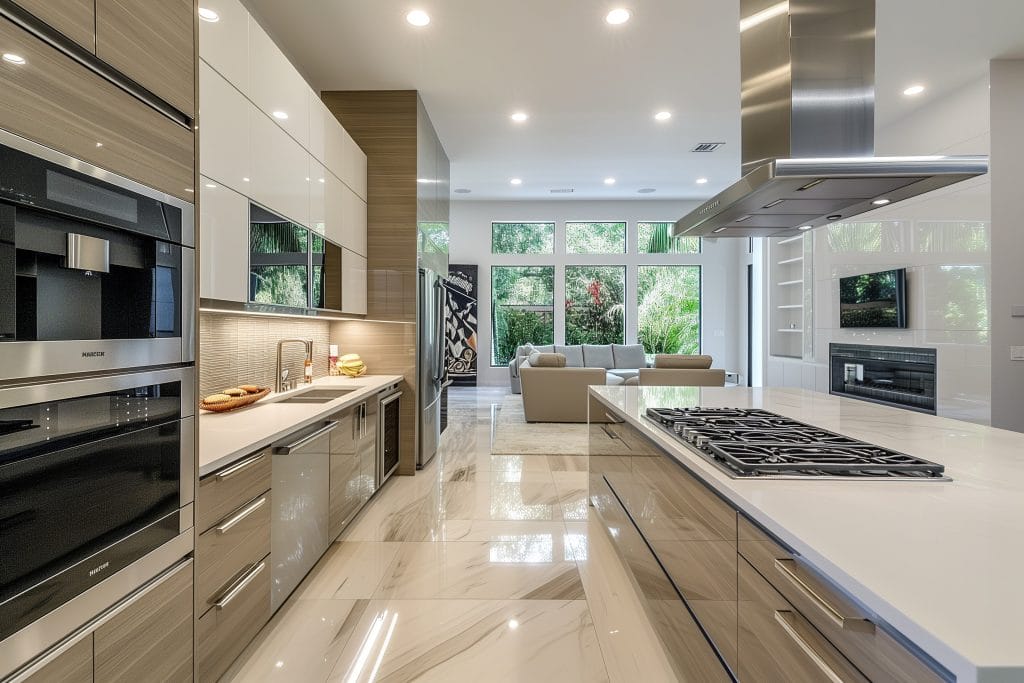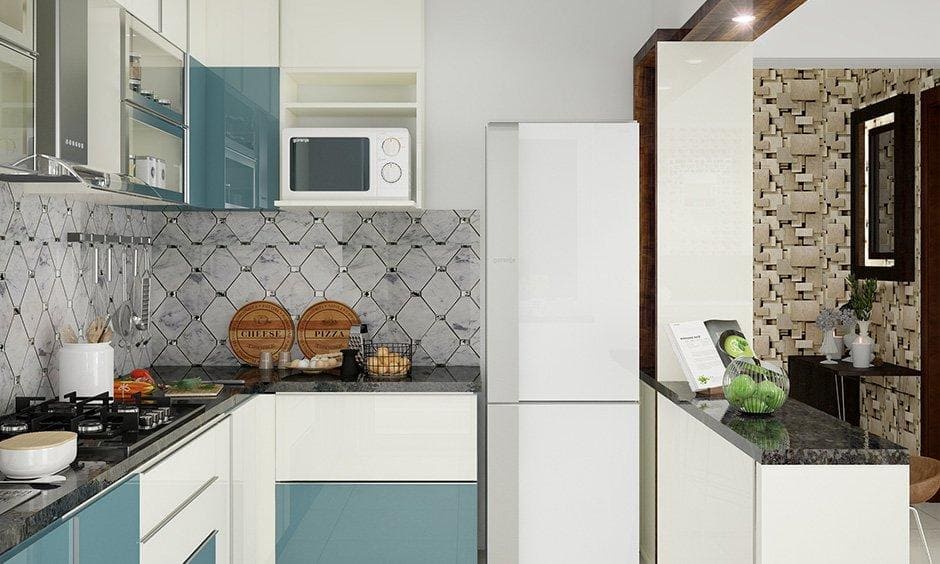In today’s rapidly advancing world, transforming your living space into a smart home can greatly enhance convenience, security, and energy efficiency. Understanding how to install smart home devices is essential for anyone looking to modernize their home setup. This guide will walk you through the installation process, ensuring you can enjoy the many benefits of home automation.

Understanding Smart Home Technology
Before diving into the installation process, it’s crucial to understand what smart home technology entails. Smart home devices are designed to connect to your network, allowing you to control them remotely via a smartphone app or voice commands. These devices range from smart lights to thermostats, security cameras, and more.
The Benefits of Smart Home Devices
Smart home devices offer numerous advantages, including enhanced security, energy efficiency, and convenience. By automating everyday tasks, these devices can help reduce energy consumption and simplify home management. For more insights on the benefits, you can explore this article.
Preparing for Installation
Proper preparation is key to a successful installation. Start by ensuring that your homes Wi-Fi network is robust enough to handle additional devices without compromising connectivity. It’s also wise to have tools such as a screwdriver, drill, and level on hand.
Choosing the Right Devices
Selecting the appropriate devices for your needs is essential. Consider the specific functions you want to automate and choose devices that are compatible with each other and with your existing home network.
Step-by-Step Installation Guide
Lets dive into the step-by-step process of installing smart home devices.
1. Smart Lighting
Smart lighting is one of the simplest ways to begin your smart home journey. Start by replacing existing bulbs with smart bulbs. Connect these bulbs to your home network via their respective app, which will guide you through the setup process.
2. Smart Thermostats
Installing a smart thermostat involves replacing your existing thermostat. Follow the manufacturer’s instructions for wiring, and ensure it is connected to your Wi-Fi network. Once installed, you can control your homes temperature remotely.
3. Smart Security Systems
For enhanced security, smart cameras and doorbells are excellent choices. Install cameras at key entry points and connect them to your home network. Ensure they are positioned correctly to provide optimal coverage.
Integrating Devices with Voice Assistants
To maximize convenience, integrate your smart home devices with voice assistants like Amazon Alexa or Google Assistant. This allows you to control your devices using voice commands. Learn more about voice control in home automation.
Setting Up Voice Control
Follow the instructions provided by your voice assistant to add and configure devices. Ensure each device is properly named for easy voice command recognition.
Troubleshooting Common Issues
During the installation process, you may encounter certain challenges. Common issues include connectivity problems and device malfunctions. Restarting your router or device can often resolve connectivity issues.
Regular Updates and Maintenance
Keep your smart home devices updated to ensure optimal performance. Manufacturers often release firmware updates to fix bugs and enhance functionality.
Expanding Your Smart Home System
Once you’re comfortable with initial installations, consider expanding your system with additional devices like smart speakers, blinds, and appliances, turning your house into a fully automated home.
Choosing Compatible Devices
Ensure any additional devices are compatible with your existing setup to avoid integration issues. For more guidance, check out smart home vs traditional home.
Conclusion
Transforming your home into a smart home is an investment in convenience, security, and efficiency. By following this guide on how to install smart home devices, you can enjoy a seamless transition into the world of home automation.

FAQs
What are the basic tools needed for installation?
A screwdriver, drill, and level are essential tools for most installations.
Can I install smart devices myself?
Yes, most smart devices are designed for easy installation by homeowners.
Are smart home devices compatible with all networks?
Ensure your Wi-Fi network is compatible with the devices you choose to install.





